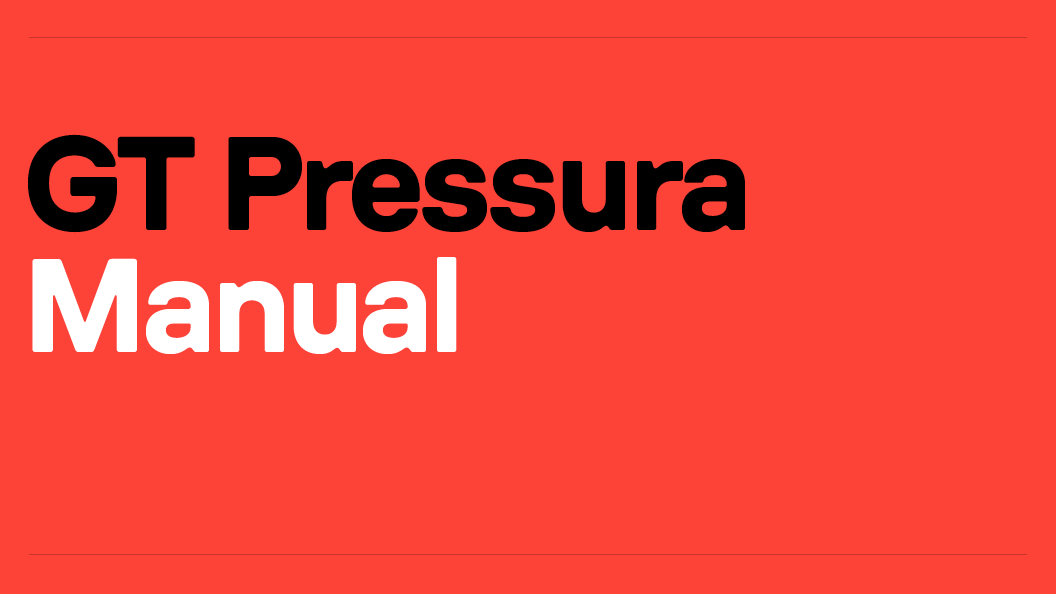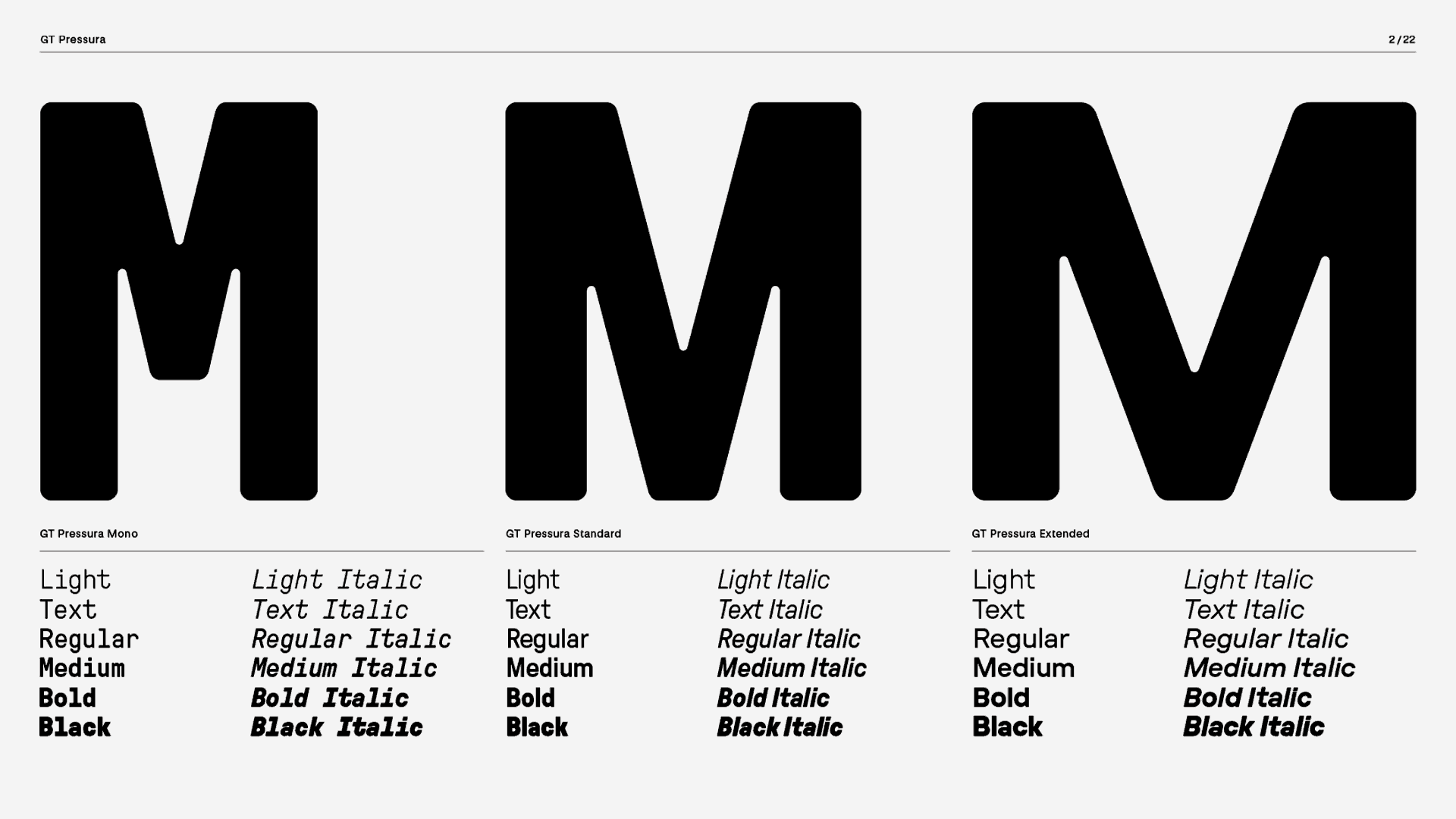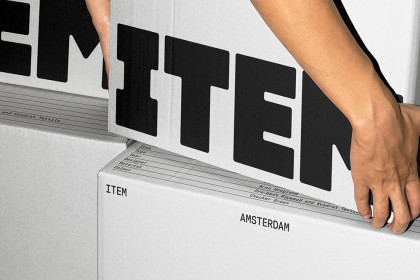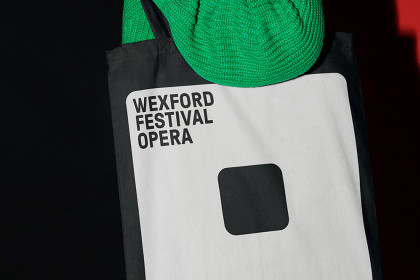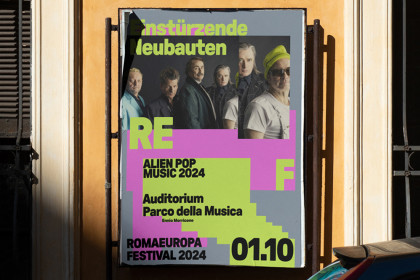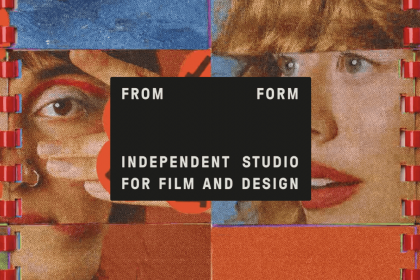GT Pressura
Family overview
- Standard
- Light Italic
- Text Italic
- Regular Italic
- Medium Italic
- Bold Italic
- Black Italic
- Mono
- Light Italic
- Text Italic
- Regular Italic
- Medium Italic
- Bold Italic
- Black Italic
- Extended
- Light Italic
- Text Italic
- Regular Italic
- Medium Italic
- Bold Italic
- Black Italic
Subfamilies
- Standard LightFedEx Corporation, Memphis, Tennessee, US, Founded 1971 by Frederick W. Smith
- Standard Light ItalicLive Plants Please Rush, Do not let the plants perish needlessly. Labels help prevent damage.
- Standard TextBased on the Transporter, the size and capacity of the Conex were about the same, but the system was made modular, by the addition of a smaller, half-size unit of 6 ft 3 in (1.91 m) long, 4 ft 3 in (1.30 m) wide and 6 ft 10 1⁄2 in (2.10 m) high.
- Standard Text ItalicST-0219, 18" Image, 24" x 24" Sheet, 1 Stencil, Reusable Polyethylene Stencil, 63 mil Thick [BZ-STENCIL-63]
- Standard RegularEe day da – that’s okay
- Standard Regular ItalicThe Liverpool and Manchester Railway in the United Kingdom was one of these. "Simple rectangular timber boxes
- Standard MediumRoyal Mail, 100 Victoria Embankment, London, EC4Y 0HQ, London, United Kingdom
- Standard Medium ItalicCapacity, and up to 3.1 by 2.3 by 2 metres
- Standard BoldThese are the days it never rains but it pours
- Standard Bold ItalicIn ordinary circumstances, long-haul equipment will weigh about 15,000 kg (33,069 lb), leaving about 20,000 kg (44,092 lb) of freight capacity.
- Standard Black45' High Steel Cargo, 60,960 lb, 45' x 8' x 9'6", 3,036 cubic feet
- Standard Black ItalicThe more populous northern part of the country, comprising
- Settings
Typeface information
GT Pressura is inspired by metal type printing history as well as engineered letters stamped onto shipping boxes. It uses the visual gesture of ink spreading under pressure as a stylistic device, offering an alternative to more spindly typefaces of the digital age.
Typeface features
OpenType features enable smart typography. You can use these features in most Desktop applications, on the web, and in your mobile apps. Each typeface contains different features. Below are the most important features included in GT Pressura’s fonts:
- TNUM
- Tabular Figures
13.07.2048
- SS01
- Alternate a
React
- CASE
- Case sensitive forms
¿TE GUSTA?
Typeface Minisite
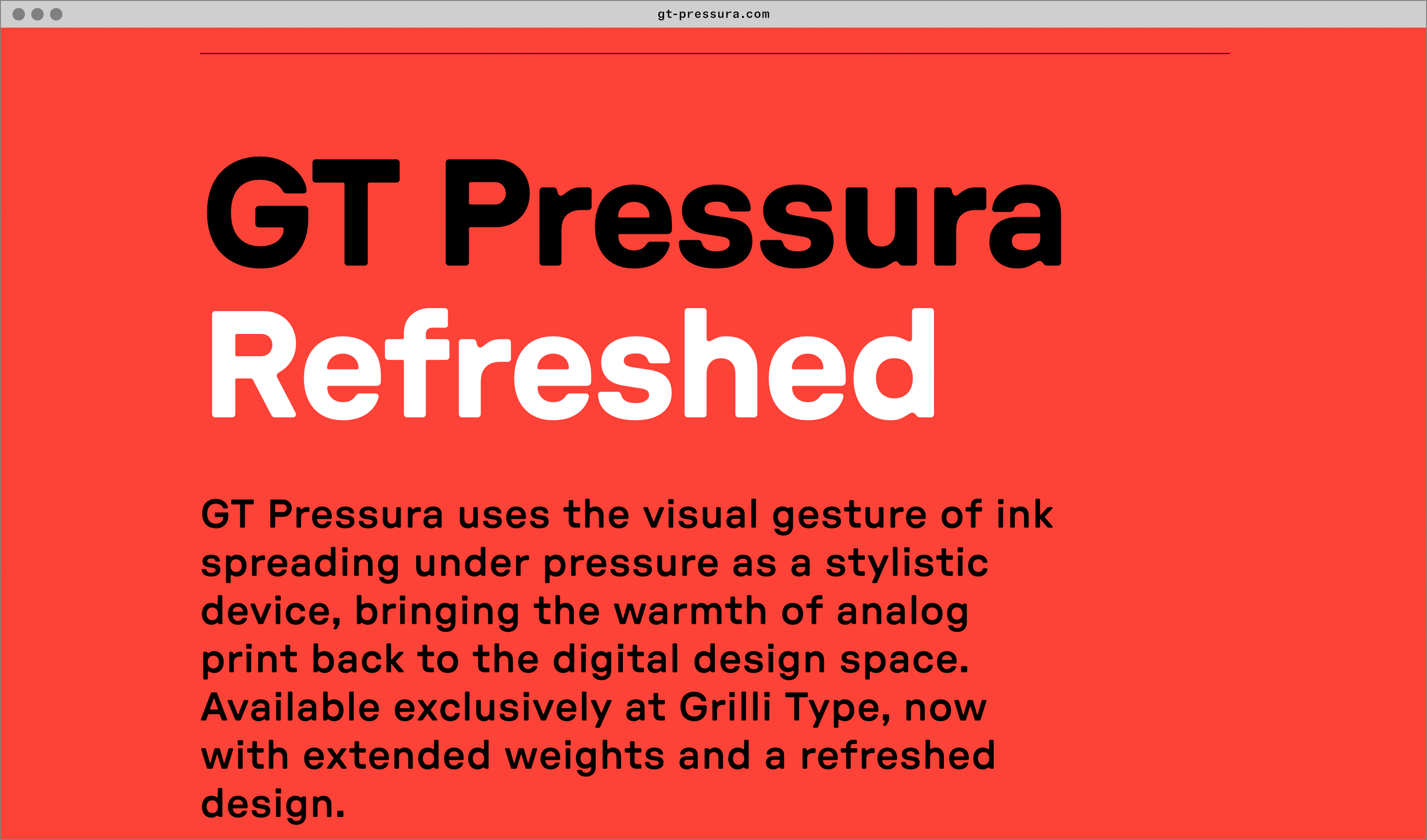
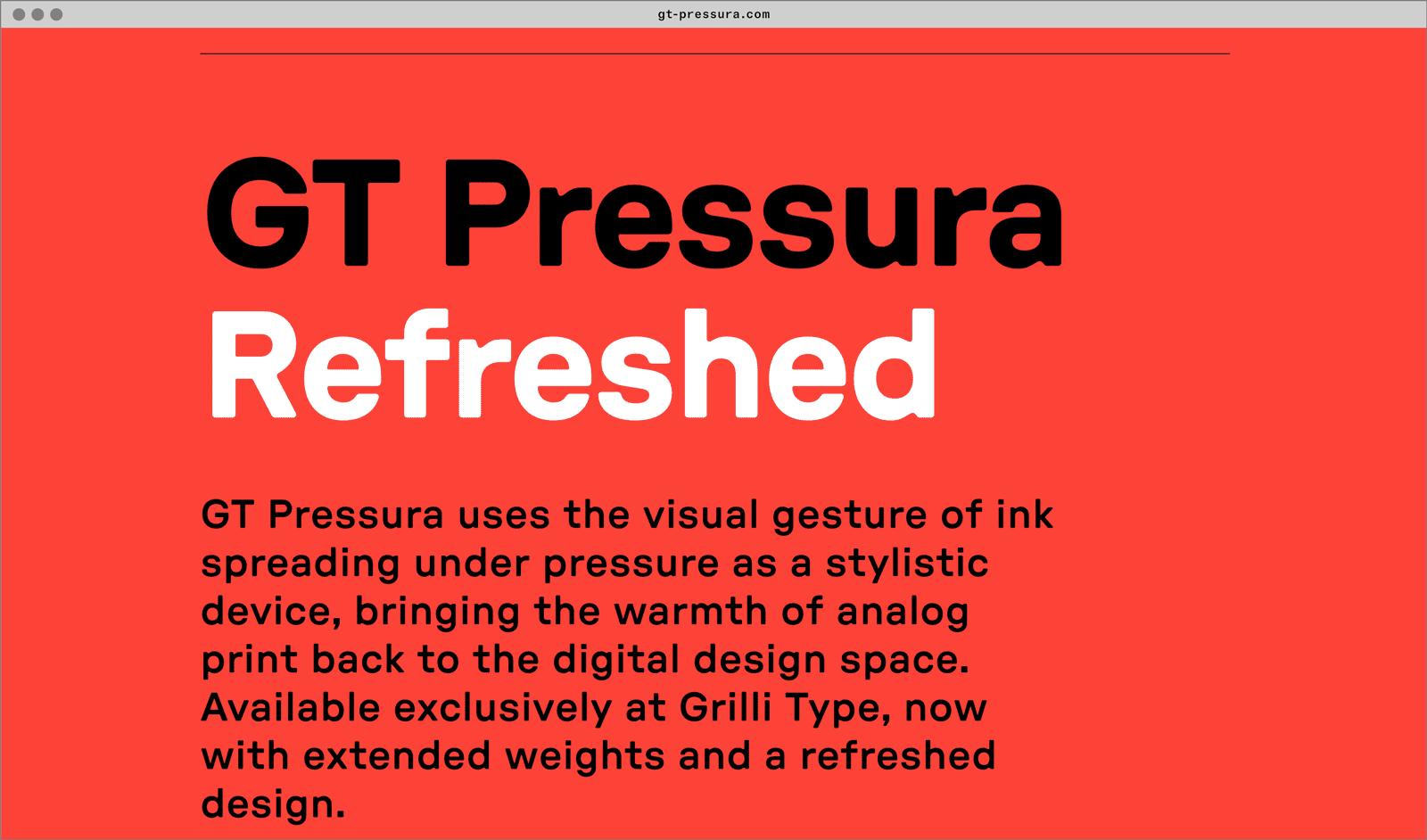
- Visit the GT Pressura minisite to discover more about the typeface family’s history and design concept.
GT Pressura in use
